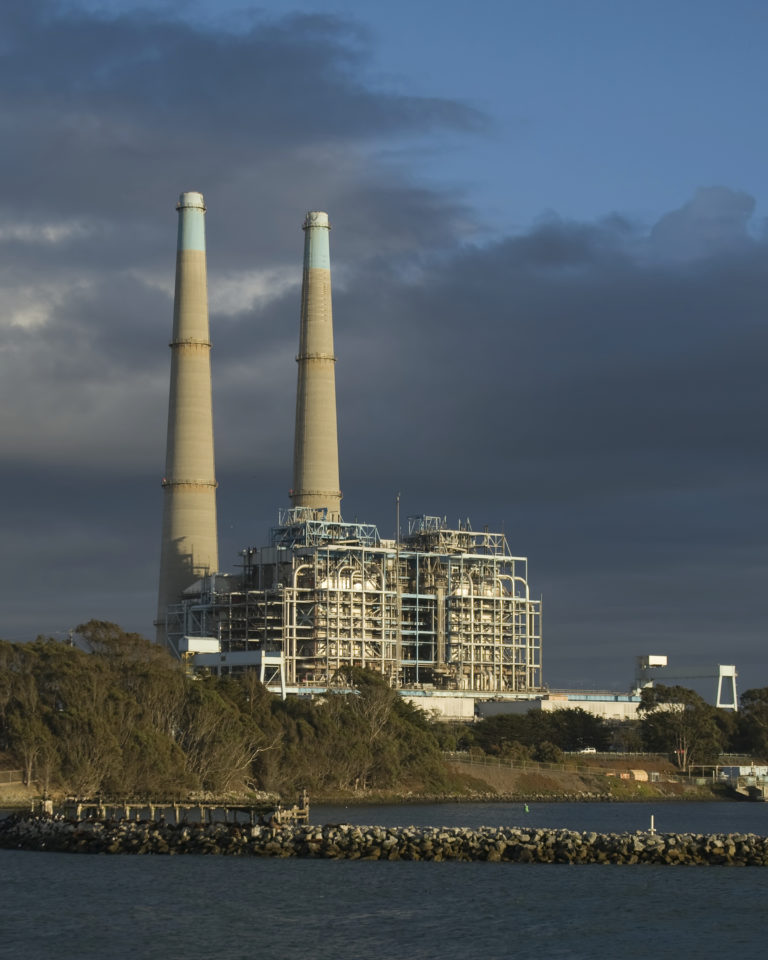It has not been smooth sailing for the Mariner East pipeline system: operations on Mariner East 1 (ME1) were halted last week, and the new Mariner East 2 and 2X (ME2 and ME2X) lines have faced numerous challenges and hang-ups during construction. Several sinkholes have developed near ME1 in Chester County, PA, causing the Pennsylvania Public Utility Commission (PUC) to suspend operations in an emergency order due to safety concerns regarding the integrity of the pipeline, requiring additional inspecting and testing over an estimated 10-14 day ‘study period.’ While this halt has not directly impacted the construction of ME2 and ME2X, since the pipelines share the same right of way as ME1, there is concern this may provide further delay to startup of these projects.
ME1 has provided a key outlet to move 70 Mb/d of ethane and propane from Southwest Appalachia to the East Coast, primarily for export overseas out of Marcus Hook, PA. The startup of Mariner East 2 (ME2) has been long awaited, adding a material 275 Mb/d of NGL takeaway capacity from the Marcellus and Utica, officially slated to be in service by the end of 2Q18. With ME1 shut down and the startup date of ME2 tenuous, what does this mean for production from the Marcellus and Utica in Southwest Appalachia?
It is first worth providing a brief overview of the dynamics of NGL production in the region: recovered NGLs are fractionated locally and then purity products are sent to different markets. This can be contrasted with other NGL producing regions, which typically send y-grade to large fractionation hubs, usually Mont Belvieu in the Gulf Coast. Purity ethane must be transported via pipeline from Appalachia due to its high vapor pressure, and several dedicated ethane lines move ethane from the region, including Mariner West, ATEX, and the new UTOPIA pipeline which recently started up in December. ME1 ships both ethane and propane.
Propane-plus, however, does not need to move via pipeline and can move via rail and truck. Lack of propane-plus pipeline takeaway, therefore, has not hampered production growth in the region. Propane production began to outpace local demand throughout the year beginning in 2014, meaning increasing volumes needed to be moved from the region, as illustrated in the figure below.

However, there is a lack of propane-plus pipeline takeaway capacity in the region, as illustrated in the figure below, meaning the region has relied upon rail and truck to move these volumes. The capacity of ME2 and ME2X would be adequate to move all propane-plus production from the region by 2019 based on BTU Analytics’ production outlook. However, Energy Transfer has indicated the lines have flexibility to move different services as needed, including ethane and refined products, not just propane-plus.

Although lack of propane-plus pipeline takeaway capacity does not provide a physical constraint on production, transporting volumes via rail and truck is typically costlier than transporting via pipeline, resulting in wider differentials and lower NGL netbacks for producers. However, one challenge with analyzing the NGL market in Appalachia is that there currently is not an index price available for NGLs in the region, making the differential to Mont Belvieu difficult to come by.
Beyond differentials, stronger oil pricing and thus NGL pricing in general greatly impacts relative economics of wet gas production. To help quantify this, the sensitivity of NGL uplift, the relative value of producing NGLs over natural gas, was analyzed for varying liquids pricing and NGL transport costs, as illustrated in the figure below. To understand possible pipeline transportation costs, while the tariffs for Mariner East 2 have not been published with FERC, as a rough proxy, ME1 costs 7.5 cents/gallon to transport NGLs to Marcus Hook, and the new UTOPIA pipeline that transports ethane to Sarnia, ON, has published local rates of 24 cents/gal, and incentive rates as low as 6 cents/gal, meaning the cost will by shipper depending on level of commitments.

Lower transport costs when ME2 is operational should help improve NGL netbacks for producers, improving the economics to target wet gas acreage. However, stronger oil and thus liquids pricing in general can provide as great of an impact as improved differentials. So, while producers are waiting for ME1 to come back online and ME2 to come to fruition, hang-ups in these projects are not expected to impact production in the region in the near term. Check out the Upstream Outlook for BTU Analytics detailed natural gas and NGL production forecast.









